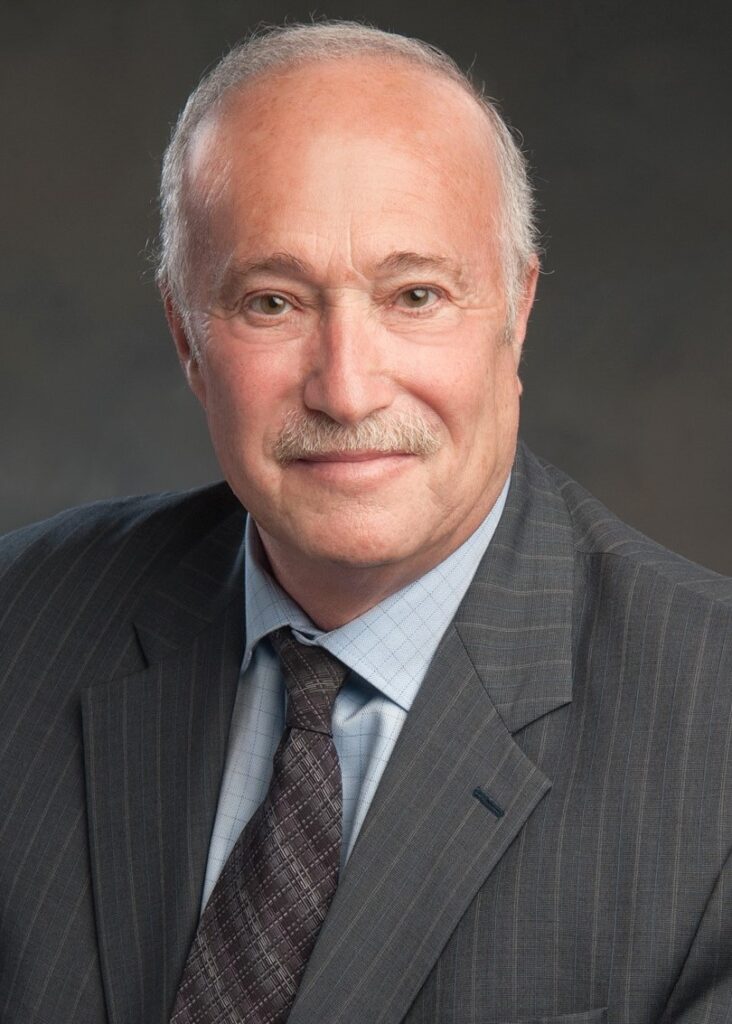Written by Isabelle Crépeau MLIS, Scientific Information Officer
The Elder Abuse Suspicion Index (EASI©)
Detecting elder abuse is challenging and complex. Its outcomes are broad, extending from social implications to actual premature death of its victims, The Elder abuse Suspicion Index
(EASI©) is a validated tool which facilitates the detection of mistreatment, and was initially conceptualized for use by family doctors, given, in optimal situations, their on-going contact with older adults. Dr. Mark Yaffe, family physician and researcher at St. Mary’s Hospital Centre, is one of the scientists who developed and validated EASI©, which exists now in 15 languages.

What brought you to study the detection of elder
abuse?
Early in my career, I made family caregiving a major clinical and research focus. In the 1980’s such caregiving was not a common concern for family physicians; it was addressed mostly by social workers, psychologists, and nurses.
This led to me authoring an article published in 1988 in the Canadian Medical Association Journal which addressed caregivers’ needs and challenges for family physicians. [1]
It became the basis for later research into family caregiving, and at the urging of a social work colleague, I created a multidisciplinary team to explore ways to detect elder abuse in the ambulatory setting by family doctors.
In 2008 we published our successful work on the Elder Abuse Suspicion Index (EASI©). [2]
Do you have any evidence of the uptake and recognition of EASI©?
In 2008, the World Health Organization Ageing and Life Course Programme (WHO/ALC) and the Center for interdisciplinary Gerontology at the University of Geneva (CiG-UNiGE) published a report aiming to provide an instrument to detect elder abuse. [3] They cited EASI© as a model to be considered.
In 2014, in collaboration with the National Initiative for the Care of Elderly in Canada, EASI© was printed in pocket card format and inserted in an issue the Canadian Family Physician journal for distribution across Canada. A random sample of the receivers of the issue were followed-up. [4]
In 2014 the Centers for Medicare and Medicaid in the U.S. identified EASI© as one of the three recommended tools for attempting to identify elder abuse. [5]
In 2021 Dr. Yaffe published a journal article that summarized enquiries about using EASi© that came from 25 different countries. [6]
Elder abuse is a social phenomenon with important health implications.
Is EASI© used by other health professionals?
The tool was designed to use vocabulary that family physicians would be comfortable using, and which would encompass easy to remember themes.
EASI© is now not only used by physicians from a broad spectrum of disciplines, but also by nurses, social workers, psychotherapists, researchers, physical and occupational therapists, audiologists, paramedics, dentists, long-term care organizations and for commercial needs (electronic medical records, books).
EASI© was also modified for use in other settings, such as versions for self-administration and for long-term care (LTC) institutions.
EASI©-self-administered is a 5-question tool intended for patient usage in waiting rooms before meeting with health professionals. EASI© LTC is a 9-question tool designed to raise suspicion of abuse toward cognitively functional elderly living in long-term care facilities.
Research is needed to validate EASI© LTC, and a research grant proposal has been submitted with that in mind by a team on which Dr. Yaffe is a co-investigator. Since it has been estimated that mistreatment of older adults in long-term care may exceed 25% of residents, there is certainly a need for the tool.
[1] Yaffe MJ. Implications of caring for an aging parent. CMAJ. 1988 Feb 1;138(3):231-5
[2] Yaffe MJ, Wolfson C, Lithwick M, Weiss D. Development and validation of a tool to improve physician identification of elder abuse: the Elder Abuse Suspicion Index (EASI). J Elder Abuse Negl. 2008;20(3):276-300
[3] Global Response to Elder Abuse and Neglect: Building Primary Care Capacity to Deal with the Problem Worldwide: Main Report. World Health Organization. Geneva. 2008.
[4] Yaffe MJ, Leaney A. An evaluation of the Elder Abuse Suspicion Index (EASI©) pocket card. Report prepared on behalf of the National Initiative for Care of the Elderly for the Division of Aging and Seniors of the Public Health Agency of Canada. 2010
[5] McMullen T, Schwartz K, Yaffe M, Beach S, Elder Abuse and Its Prevention: Screening and detection, IOM (Institute of Medicine) and NRC (National Research Council: Elder Abuse and Its Prevention:
Workshop Summary, Page Range: 88-93, The National Academies Press, Washington, DC. April 2014
[6] Yaffe MJ. Content and analysis of a knowledge translation activity for an elder abuse detection tool: a descriptive study. BMC Geriatr. 2021 Aug 6;21(1):455

